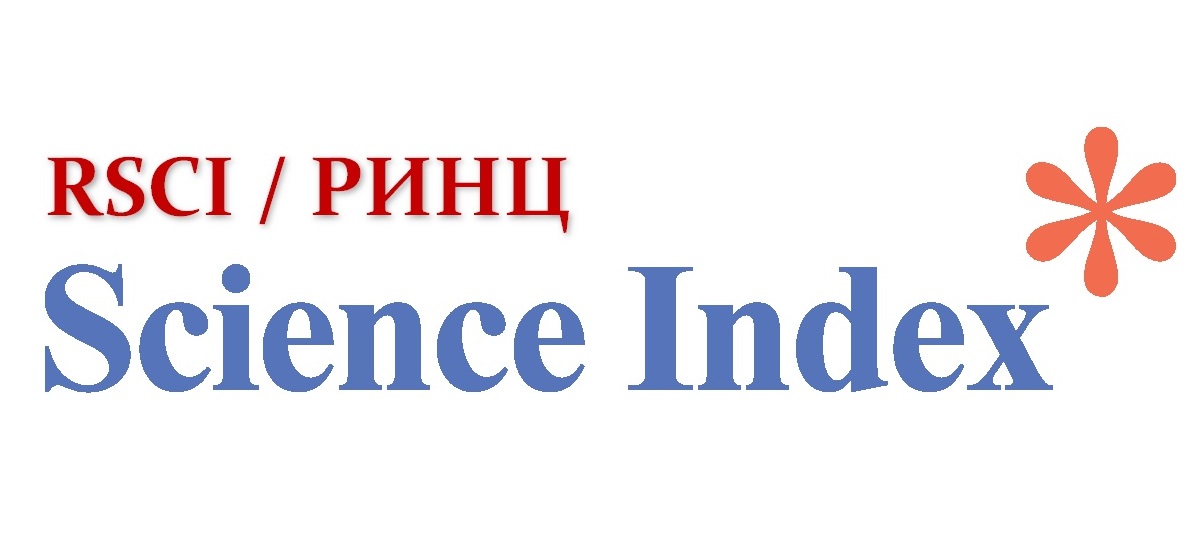Energy Efficiency in School Building Architecture: A Key Factor for Sustainable Development
Views: 174 / PDF downloads: 144
DOI:
https://doi.org/10.32523/2616-7263-2025-150-1-186-202Keywords:
artificial intelligence, energy efficiency, architecture, LEED, BREEAMAbstract
Modern educational institutions are forced to adapt to changes in society and new demands placed on the learning process. In this regard, architects and designers are developing innovative approaches to the design of school buildings, striving to create flexible, efficient and environmentally sustainable spaces. The article examines key trends in the architecture of school buildings aimed at increasing energy efficiency and reducing the environmental impact. The main focus is on the use of renewable energy sources, passive design, intelligent control systems, as well as building certification according to LEED and BREEAM standards. Examples of successful projects are given, such as the Primary School of Science and Biodiversity in Paris and the Cultural and Educational Center of Choarwatta, which demonstrate the importance of implementing energy-efficient technologies to create comfortable and sustainable educational spaces. In addition, innovative materials and technologies that contribute to reducing energy consumption and creating a comfortable learning environment are considered. Particular attention is paid to the role of school buildings in forming environmental awareness in students, which is an important element in the education of future generations. The significance of these processes, namely the integration of natural resources into the field of architecture for the development of environmental and economic sustainability, particularly emphasizes their importance.







